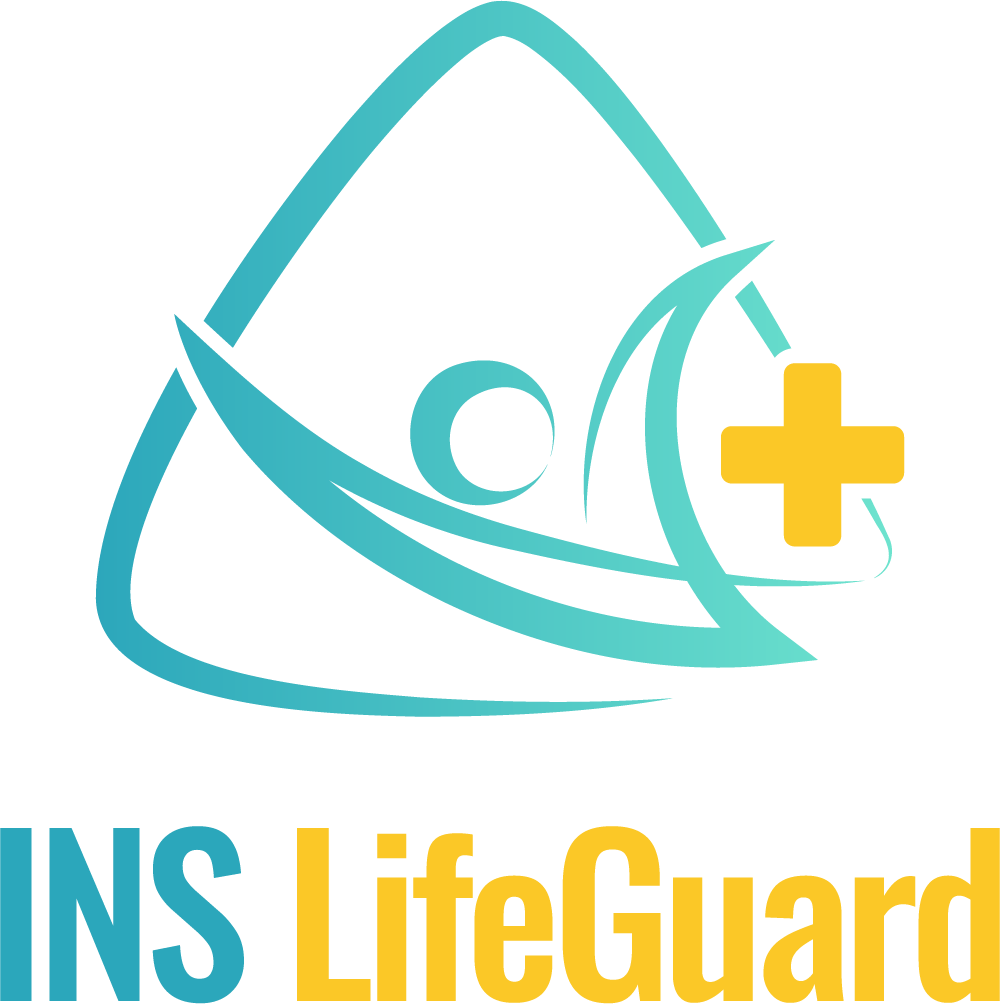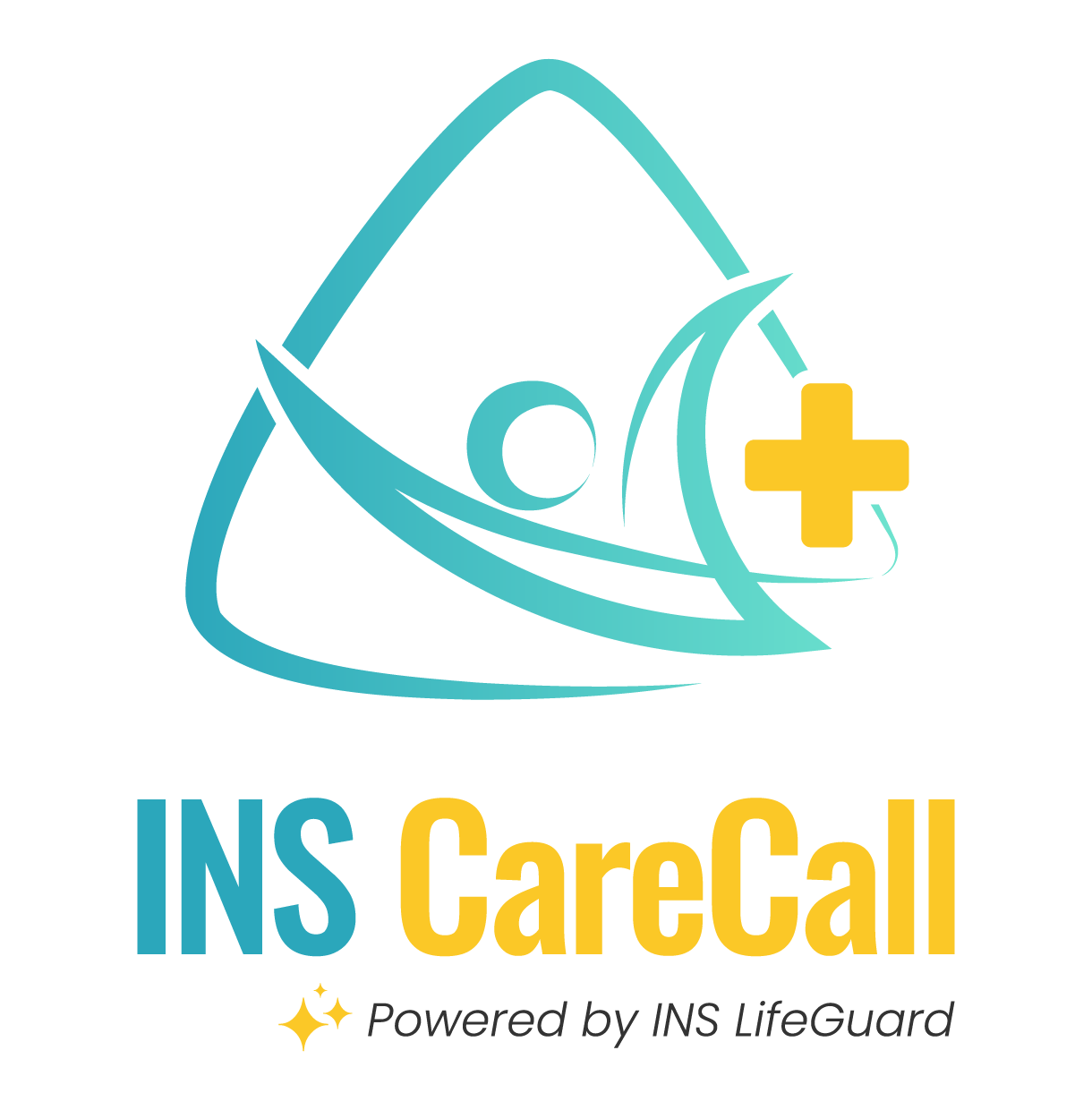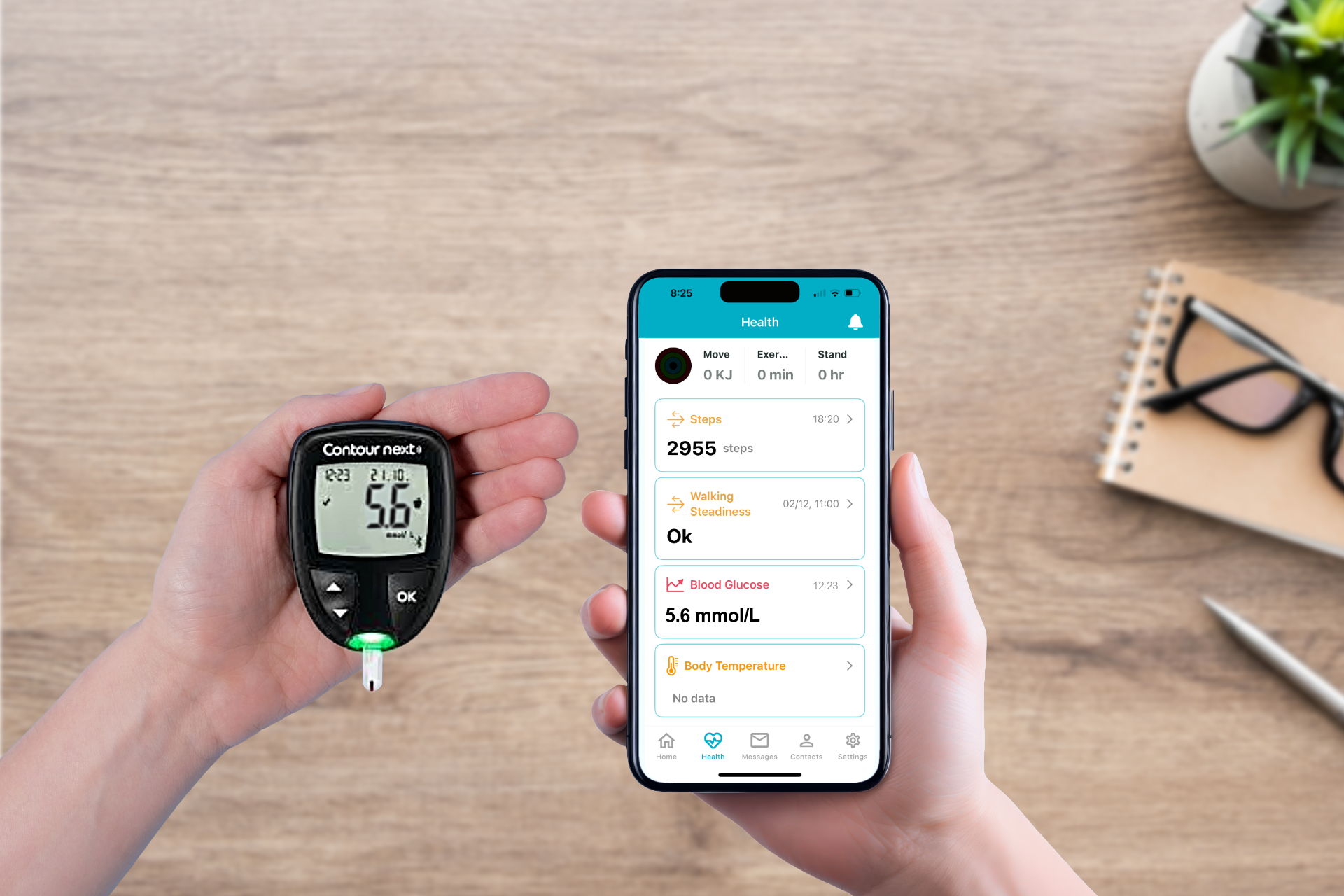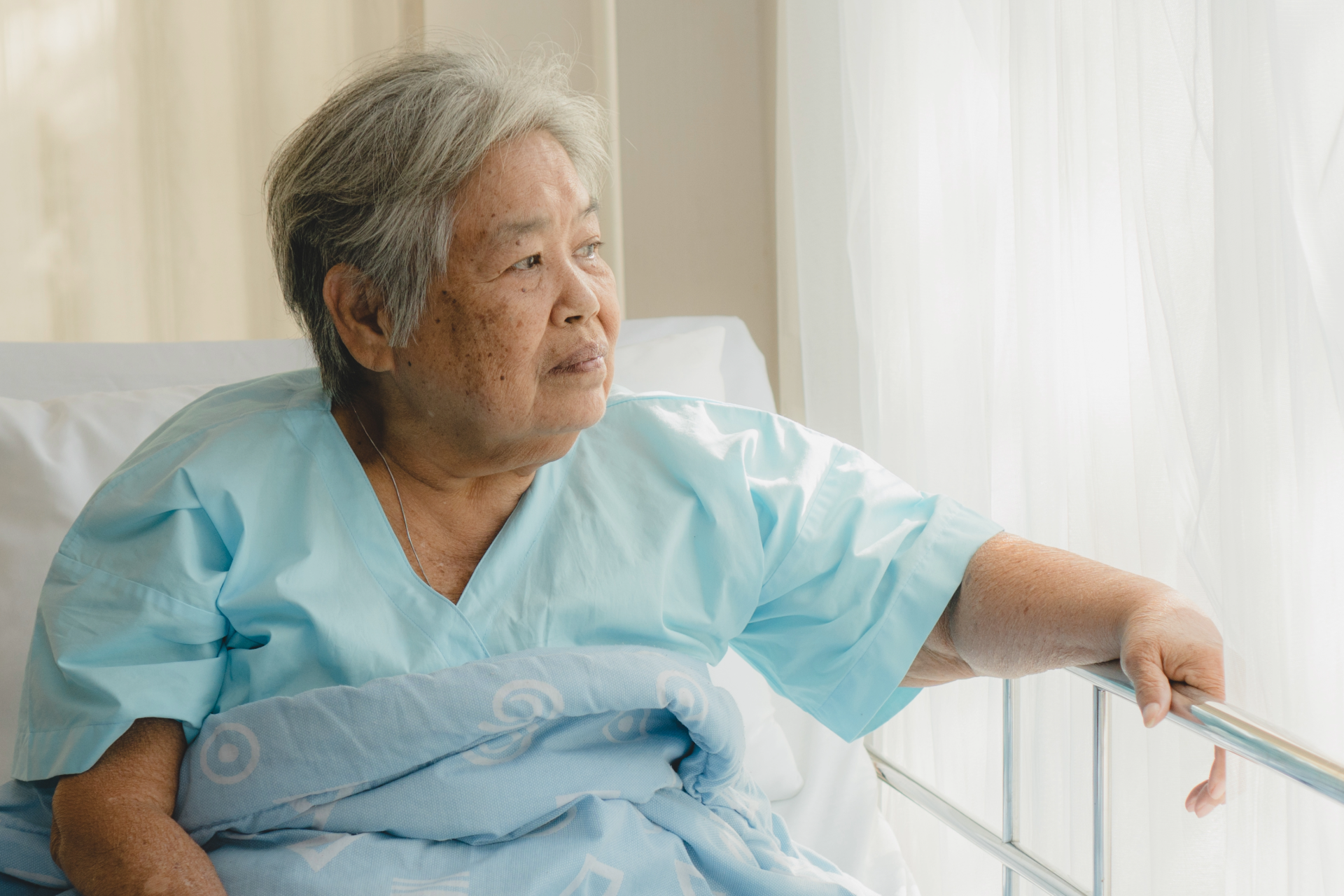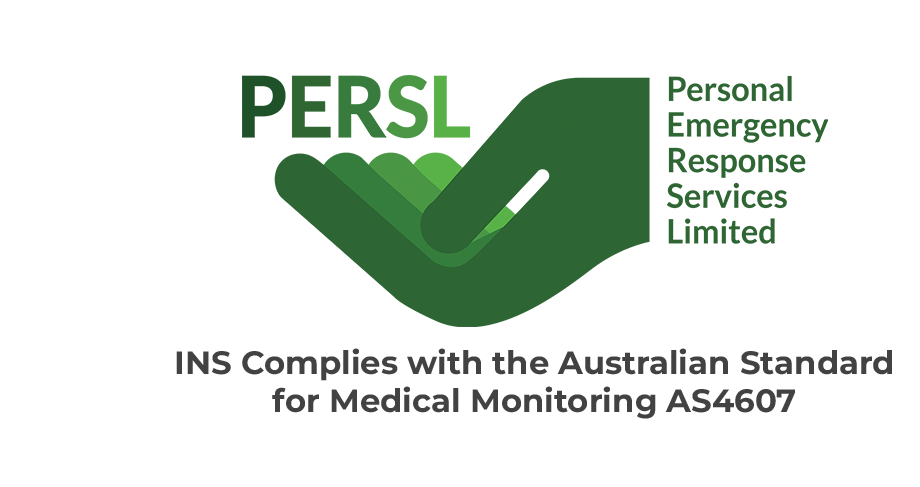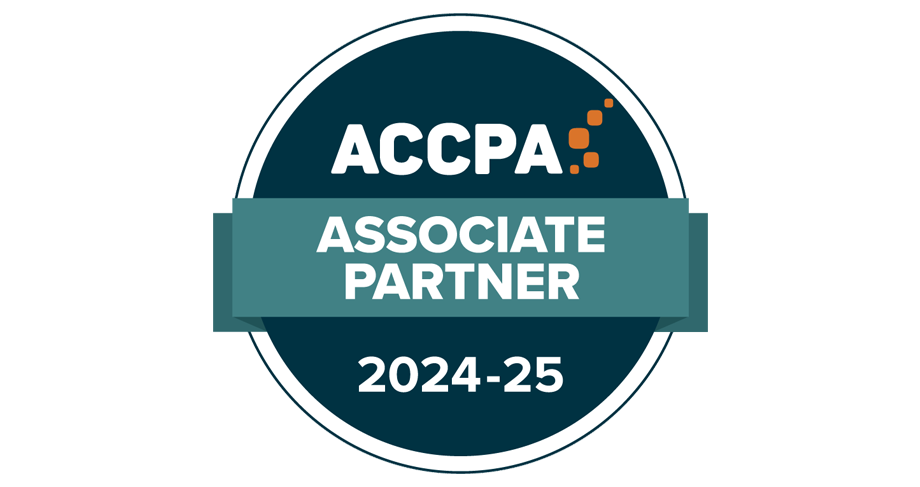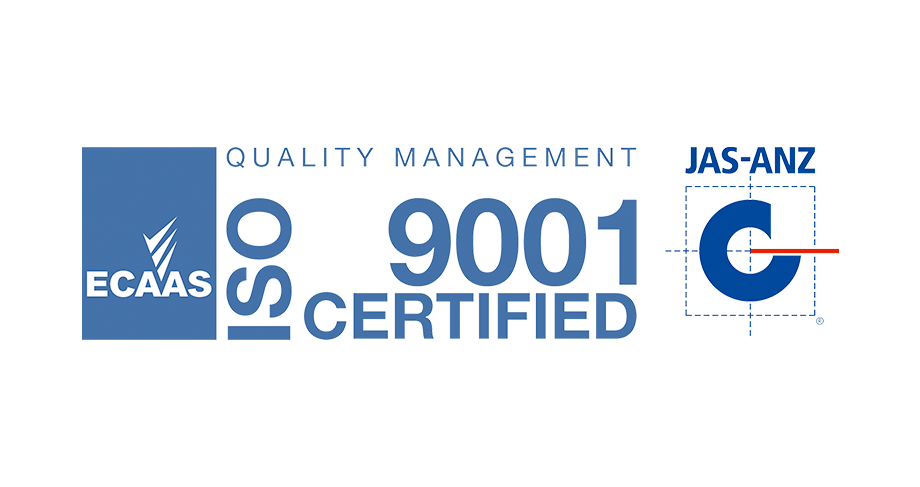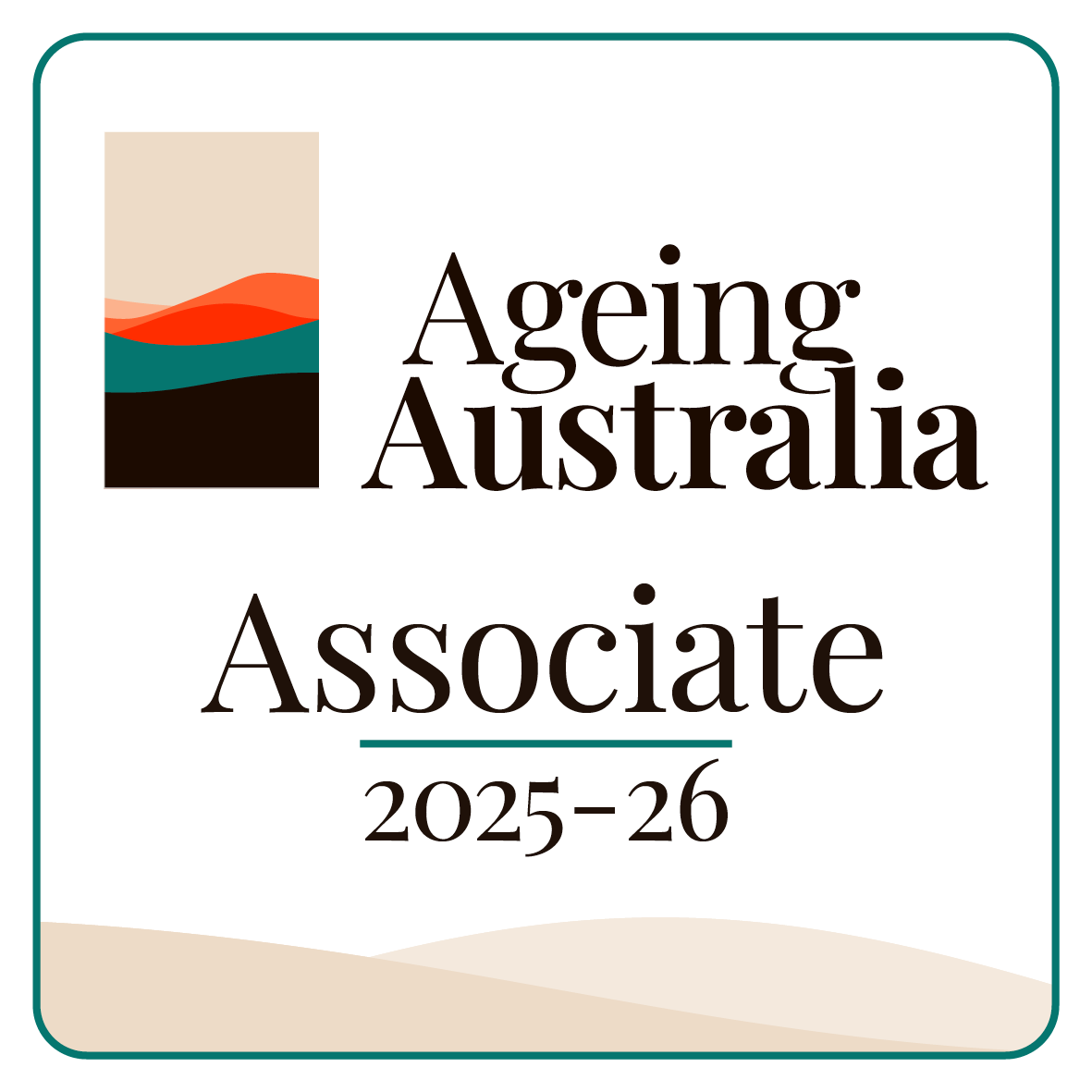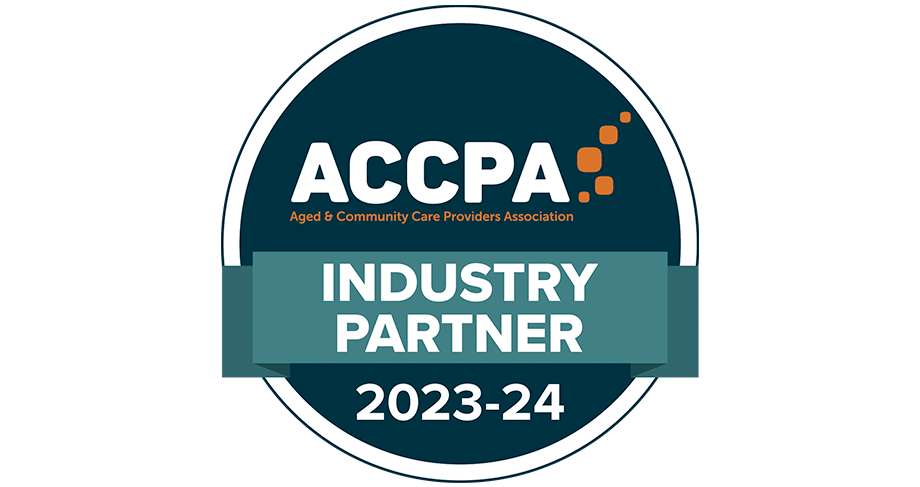Have a Question?
Understanding the Warning Signs: Early Detection and Prevention of Stroke
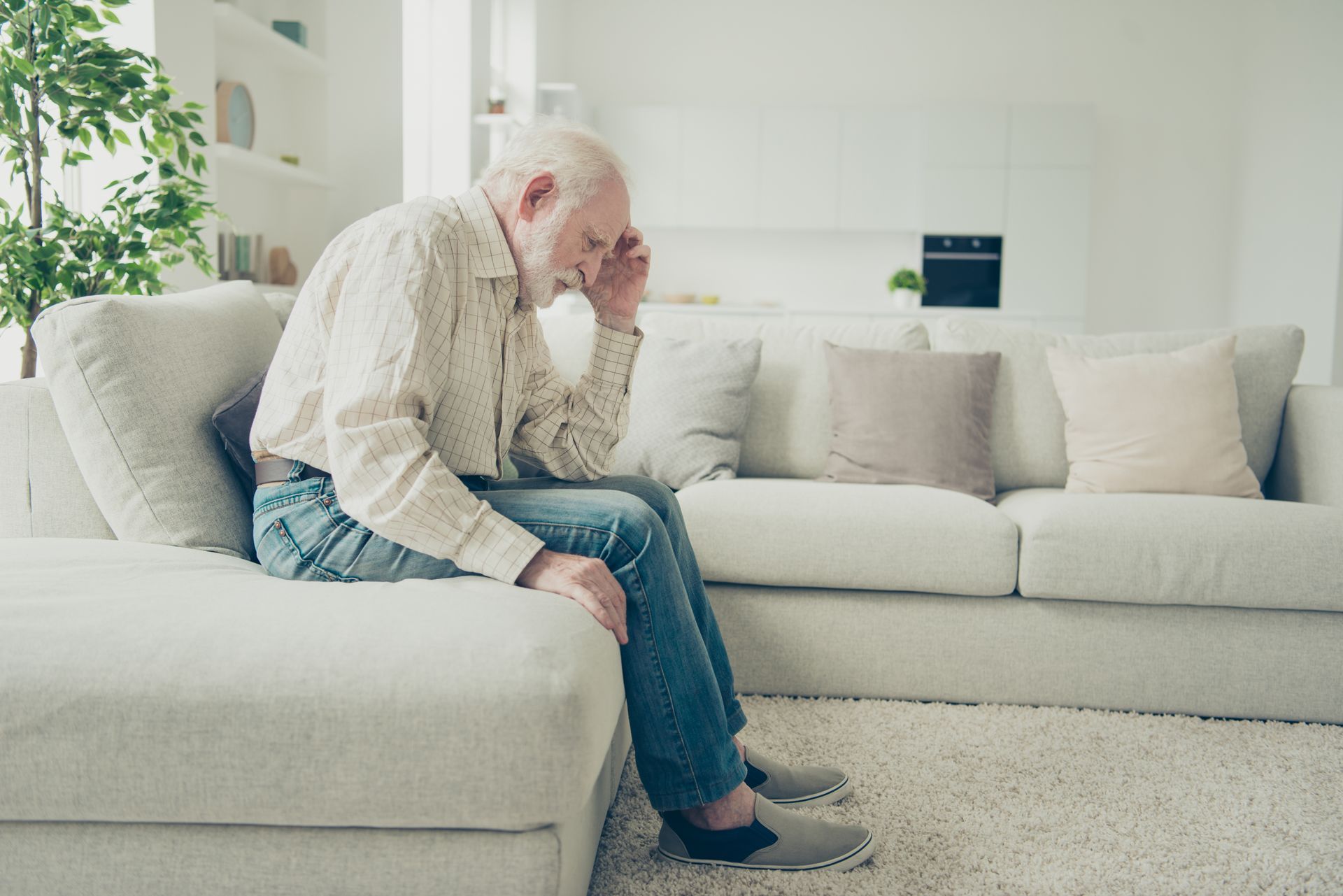
Every year, strokes affect millions of lives worldwide, causing long-term disabilities and, in severe cases, proving fatal. Among the different types of strokes, ischemic stroke stands as the most prevalent, making up about 87% of all stroke cases.
In Australia, approximately 425,000 to 440,000 people have experienced a stroke at some point in their lives. In 2023 alone, there were nearly 46,000 stroke events, roughly one every 11 minutes. It kills more women than breast cancer and more men than prostate cancer. Stroke remains more prevalent in older age groups and continues to have a significant impact on individuals aged 65 and above.
In this blog, we will delve deeper into the types of strokes, risk factors, and preventive measures. We'll discuss the importance of recognising the warning signs and the urgency of seeking medical assistance.
What is Stroke?
A stroke occurs when there's a disruption in the blood supply to the brain. This interruption can be due to a blood clot blocking an artery (ischemic stroke) or a blood vessel rupturing and causing bleeding into the brain (hemorrhagic stroke).
Regardless of the type, strokes can cause brain damage, affecting various bodily functions like movement, speech, and memory, depending on the area of the brain affected. Immediate medical attention is crucial to minimise damage and improve chances of recovery.
There are generally three main types of stroke. Each type of stroke has different causes, risk factors, and treatment approaches.
| Types of Stroke | Definition | Causes | Risk Factors | Treatment |
|---|---|---|---|---|
| Ischemic Stroke | Ischemic strokes occur when a blood vessel supplying blood to the brain is obstructed or blocked, resulting in reduced blood flow to a specific area of the brain. This blockage could happen due to various reasons, such as blood clots or plaque buildup in the arteries. | Blood clot formation due to: • Atherosclerosis (plaque buildup in arteries) • Embolism (clot formed elsewhere travelling to the brain) • Thrombosis (clot forming in a blood vessel in the brain) | • High blood pressure • Diabetes • High cholesterol levels • Smoking • Obesity • Family history of strokes • Age (risk increases with age) | • Clot-busting medication (thrombolytics) • Mechanical thrombectomy (surgical removal of clots) Long-term: • Medications to prevent clots • Lifestyle changes (healthy diet, exercise, quitting smoking) • Physical therapy for rehabilitation and recovery |
| Hemorrhagic Stroke | Occurs when a weakened blood vessel ruptures, causing bleeding | High blood pressure, aneurysms, arteriovenous malformations | Hypertension, age (older adults), smoking, excessive alcohol | • Emergency: Control bleeding, surgery to repair the vessel • Medications to lower blood pressure, rehabilitation therapies • Address underlying conditions to prevent future occurrences |
| Transient Ischemic Attack (TIA) or mini-stroke | Transient Ischemic Attack (TIA) is a temporary disruption in blood flow to the brain, causing stroke-like symptoms. | • Blood clot or plaque buildup in blood vessels • Atherosclerosis • Cardiac conditions (like atrial fibrillation) | • Hypertension • Diabetes • Smoking • High cholesterol • Obesity • Age (older than 55) | • Immediate medical attention is crucial • Antiplatelet or anticoagulant medications • Lifestyle changes (diet, exercise) to manage risk factors • Surgery or stenting for severe blockages or clots |
How the Brain Reacts from a Stroke
The brain relies on a constant supply of oxygen and nutrients delivered through blood vessels. When a stroke occurs, this supply is interrupted, either by a blockage or bleeding. The affected part of the brain is then deprived of the essential resources it needs to function properly.
During the early moments of a stroke, neurons in the affected area may experience immediate damage. However, the full extent of the injury may unfold gradually in the hours and days following the event. This delayed progression provides a window of opportunity for medical intervention to minimise the damage and improve outcomes.
In response to a stroke, the brain initiates protective mechanisms. It may reroute blood flow through alternative pathways, a phenomenon known as collateral circulation, to salvage endangered neurons. Additionally, the brain may release chemicals that promote cell survival and repair damaged tissues.
How Stroke Symptoms Differ in Men and Women
While many stroke symptoms are similar between men and women, there can be some differences in how they manifest. Some common symptoms include:
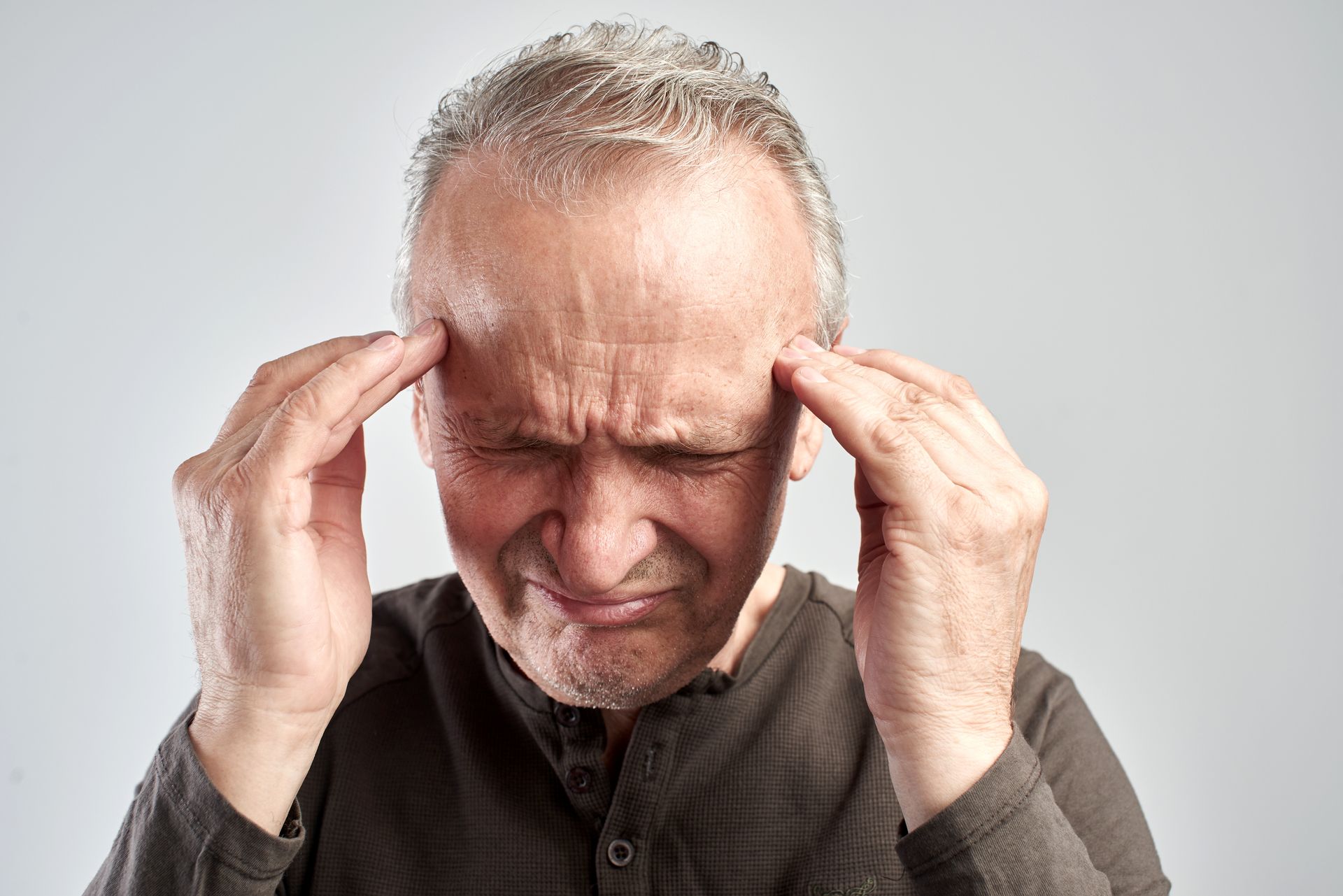
Men may experience:
- Sudden numbness or weakness, especially on one side of the body
- Difficulty speaking or slurred speech
- Trouble with vision, such as blurred or decreased vision in one or both eyes
- Sudden, severe headache with no known cause
- Trouble walking or loss of coordination
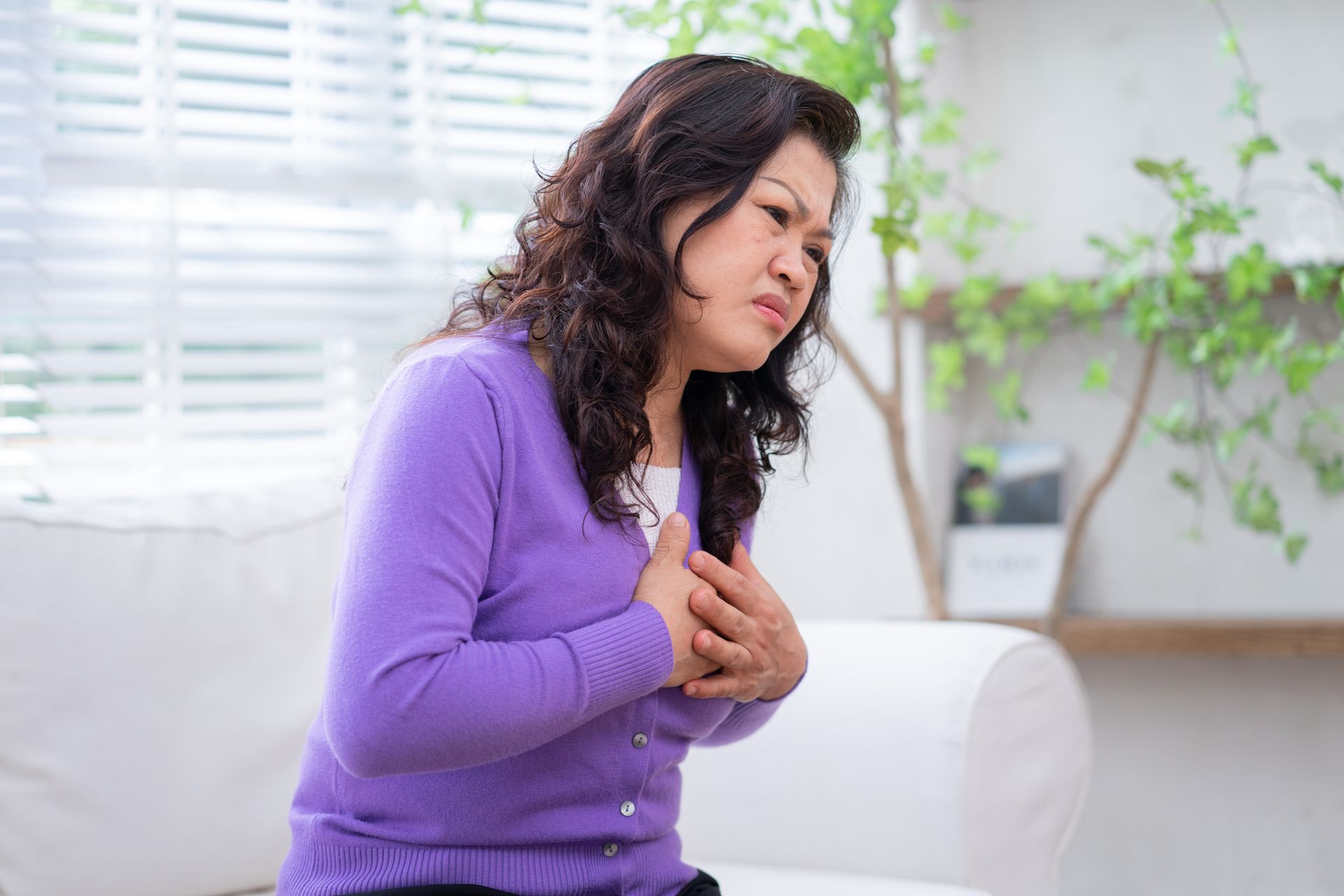
Women may experience:
- Sudden face and limb pain
- Sudden hiccups
- Sudden nausea or vomiting
- Sudden shortness of breath or palpitations
- General weakness
- Sudden chest pain or palpitations
It's important to note that these symptoms can vary widely between individuals, and not everyone will experience the same signs. Additionally, symptoms in women can be subtler or different from the stereotypical symptoms often associated with stroke.
If you suspect someone is having a stroke, regardless of gender, it's crucial to seek immediate medical attention.
Importance of Acting Quickly
Quick intervention is critical to minimise damage and improve the chances of recovery. Recognising the signs of a stroke and seeking immediate medical attention can make a significant difference.
If you suspect someone is experiencing a stroke, it's crucial to act quickly. Remember the acronym FAST:
Speech
Have them repeat a simple phrase. Look for slurred speech or difficulty in repeating the phrase.
While waiting for help:
Stay with them: Keep the person calm and reassure them that help is on the way.
Note the time: This can be crucial information for medical professionals.
Do NOT give them anything to eat or drink: Sometimes, a stroke can affect swallowing, and giving food or drink could cause choking.
Loosen tight clothing: This helps with comfort and to ensure easy breathing.
Remember, acting swiftly can significantly improve the chances of a positive outcome for someone experiencing a stroke.
Stroke Causes and Early Warning Signs
Regardless of age, strokes can profoundly impact mobility, speech, cognition, and more, depending on the extent and location of brain damage. Preventive measures can significantly reduce the risk of stroke, with over 80% of cases being preventable.
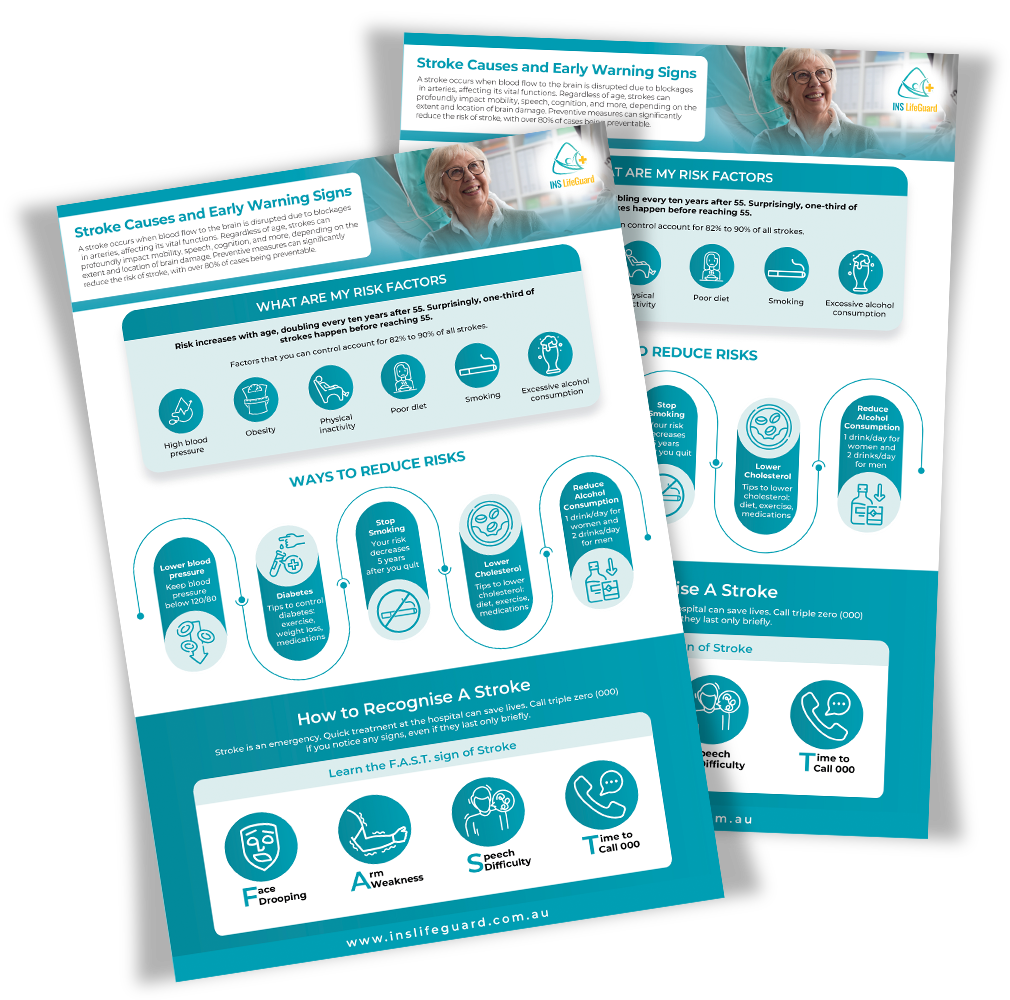
How INS LifeGuard Supports Stroke Prevention & Recovery
For those at higher risk of stroke or living with ongoing health concerns, medical alarm devices that detect early warning signs combined with rapid clinical response can make all the difference. That’s where the INS LifeGuardian® Watch comes in.
The INS LifeGuardian® Watch:
- Samsung or Apple personal alarm smartwatch
- Includes 24/7 nurse-monitored emergency support
- Offers fall detection and hands-free help (e.g., "Hey Siri, send help")
- Continuously tracks vital signs like heart rate, oxygen levels, and respiratory rate
- Automatically alerts our clinical team if readings indicate elevated stroke risk or fall outside safe thresholds
This real-time clinical oversight can help detect warning signs early, enabling faster intervention, reduced risk, and greater peace of mind for individuals and families alike.
We also provide a 24/7 Nurse on call chat line for reassurance or a friendly voice because emotional well-being matters too.
Life After a Stroke
Life can dramatically change after experiencing a stroke. The recovery journey is often a winding path, unique to each individual. In the initial phase, hospitalisation and rehabilitation become important. The recovery process typically spans several stages, starting with acute care and transitioning to post-acute rehabilitation. Initially, regaining mobility and relearning basic skills are the primary goals. However, progress can continue well beyond the first year, with rehabilitation efforts aimed at maximising recovery potential.
For added peace of mind and safety during recovery, the INS LifeGuardian® Watch offers real-time clinical monitoring. Its built-in fall detection, vital signs tracking, and 24/7 nurse response service mean stroke survivors can regain independence while still being protected. This level of support can be particularly helpful in the early stages of returning home from hospital or transitioning into aged care services.
The aftermath of a stroke can present a multitude of challenges, both physical and emotional. Physical challenges might manifest as difficulties in movement, speech, or coordination. The emotional toll can be equally daunting, encompassing feelings of frustration, depression, and anxiety. Coping with these changes requires immense resilience and support. Patience becomes a steadfast companion as individuals navigate through the ups and downs of their recovery journey.
Final Thoughts
Stroke is a serious medical condition with life-altering consequences. Understanding the types, symptoms, and importance of acting quickly can contribute to better outcomes for individuals affected by stroke. Combined with smart personal alarm technology backed by real nurses, Australians can stay safer, more independent, and better supported. Get in touch with our friendly team to find out more.

About
INS LifeGuard is the only 24/7 nurse on-call personal and medical monitoring in Australia. We provide monitoring technology for both in the home and on the go and can also monitor other provider's equipment. Our services are suitable for anyone wanting support to stay independent such as the elderly, those with medical conditions and disabilities plus enhancing safety and security for lone workers.
